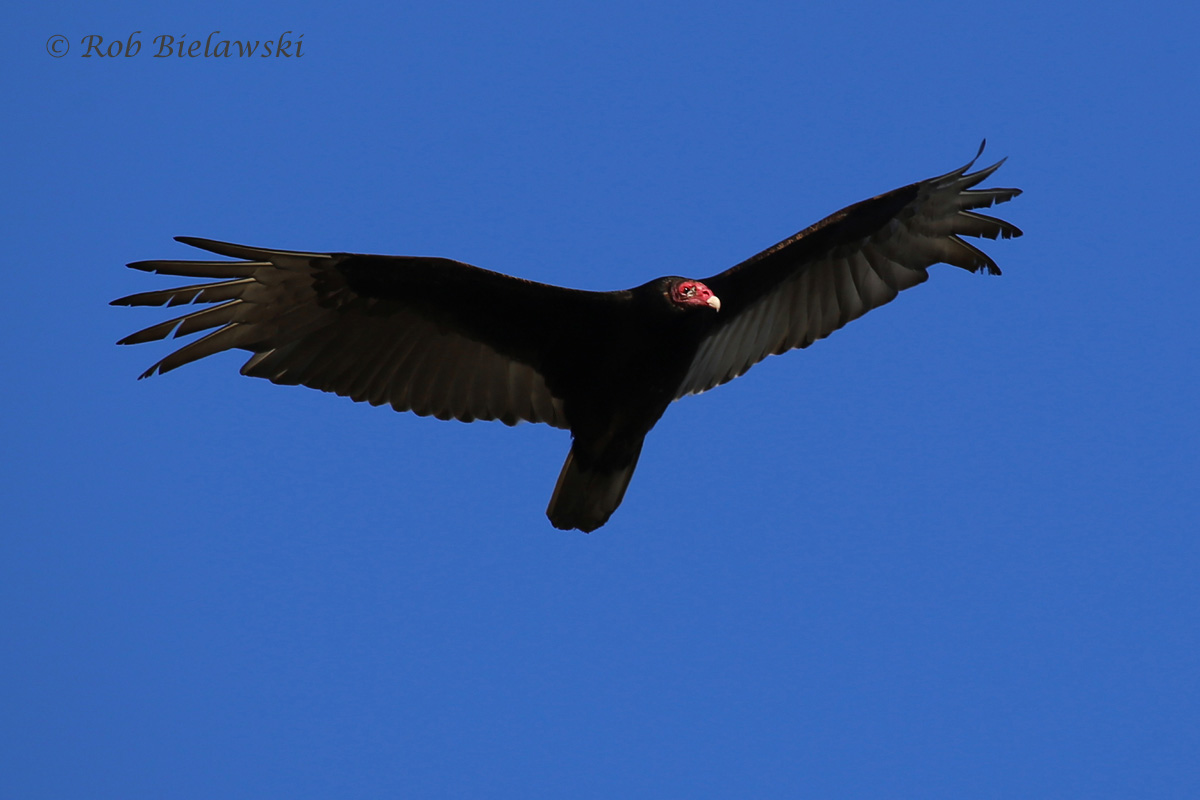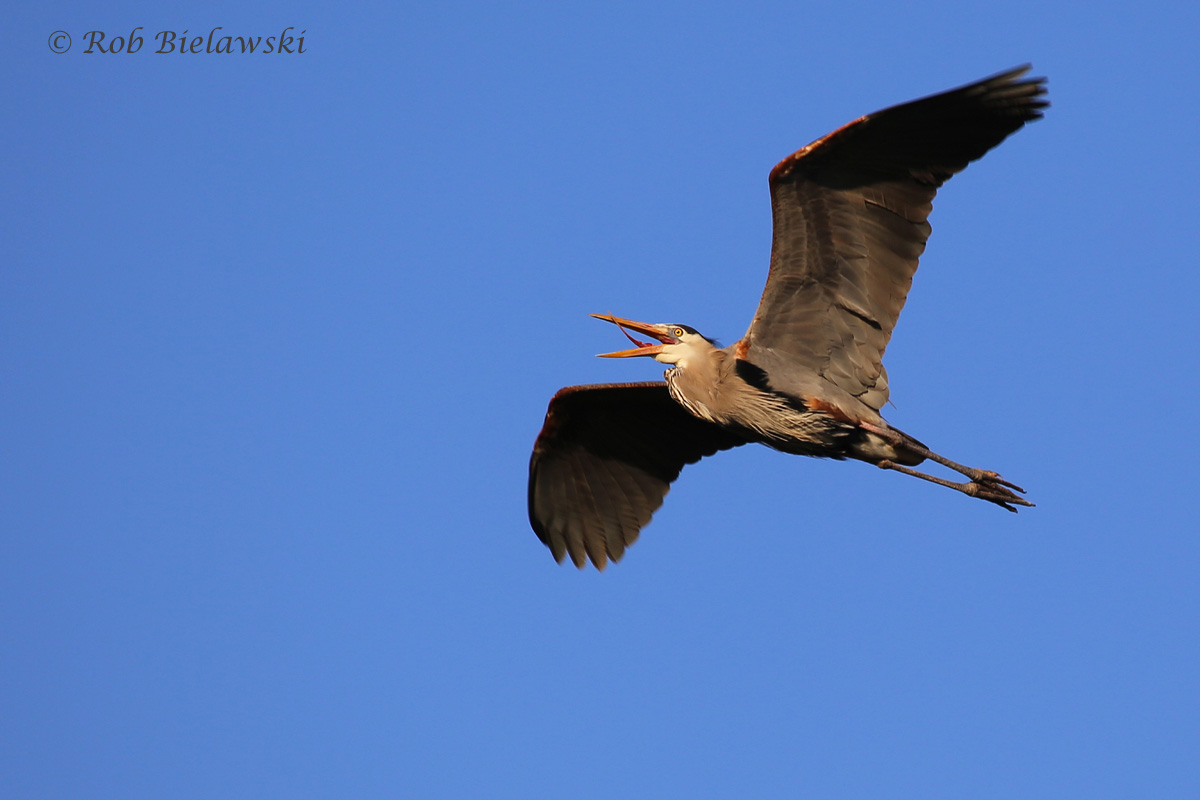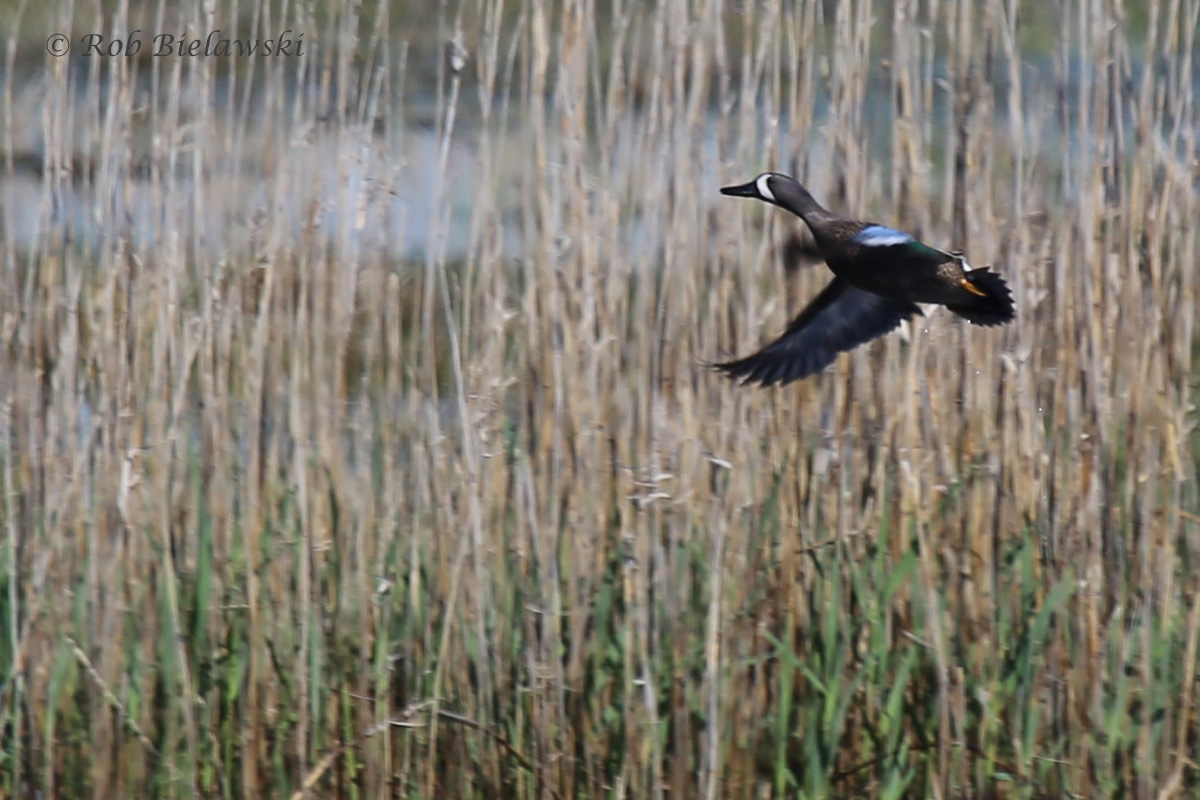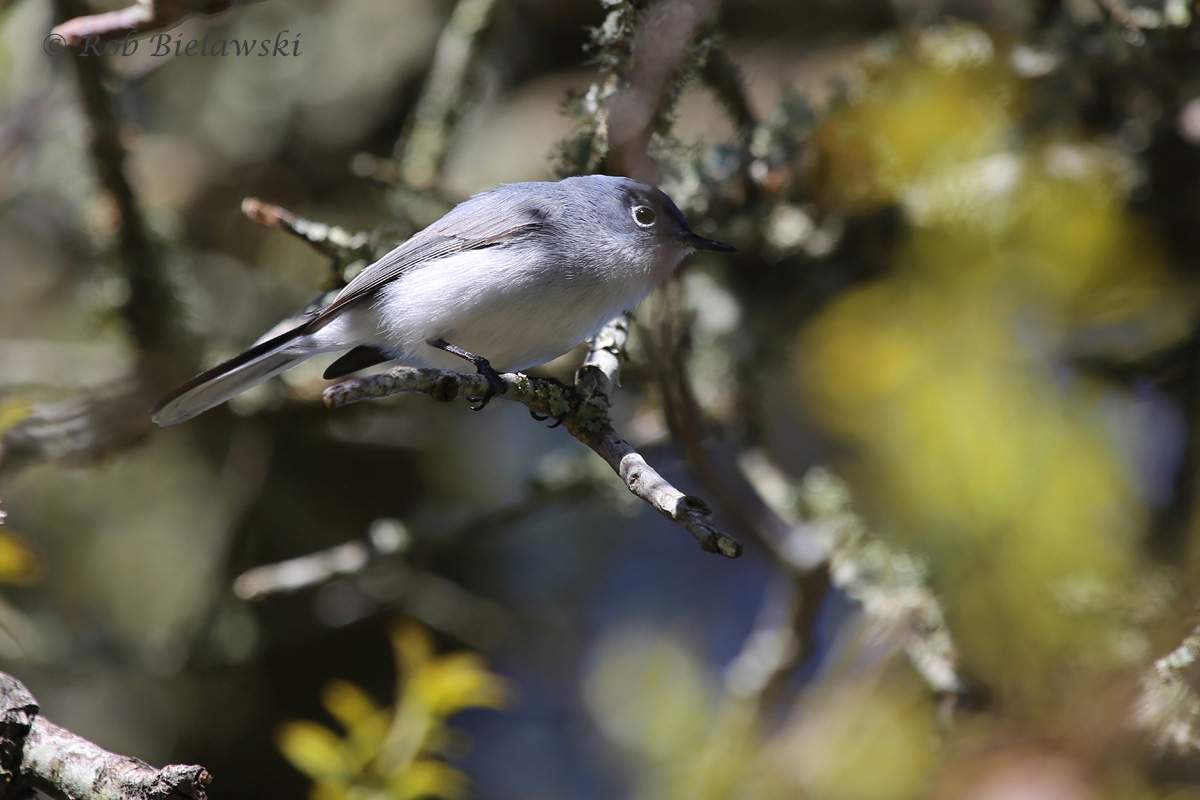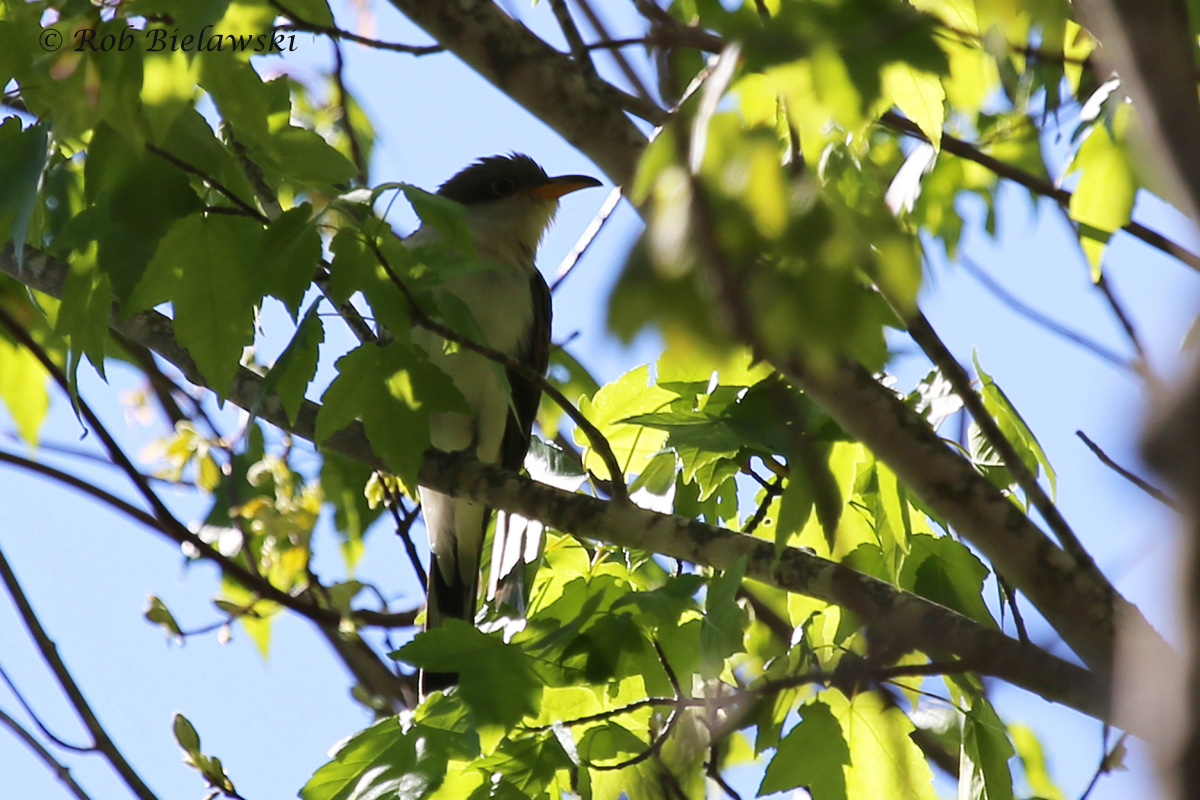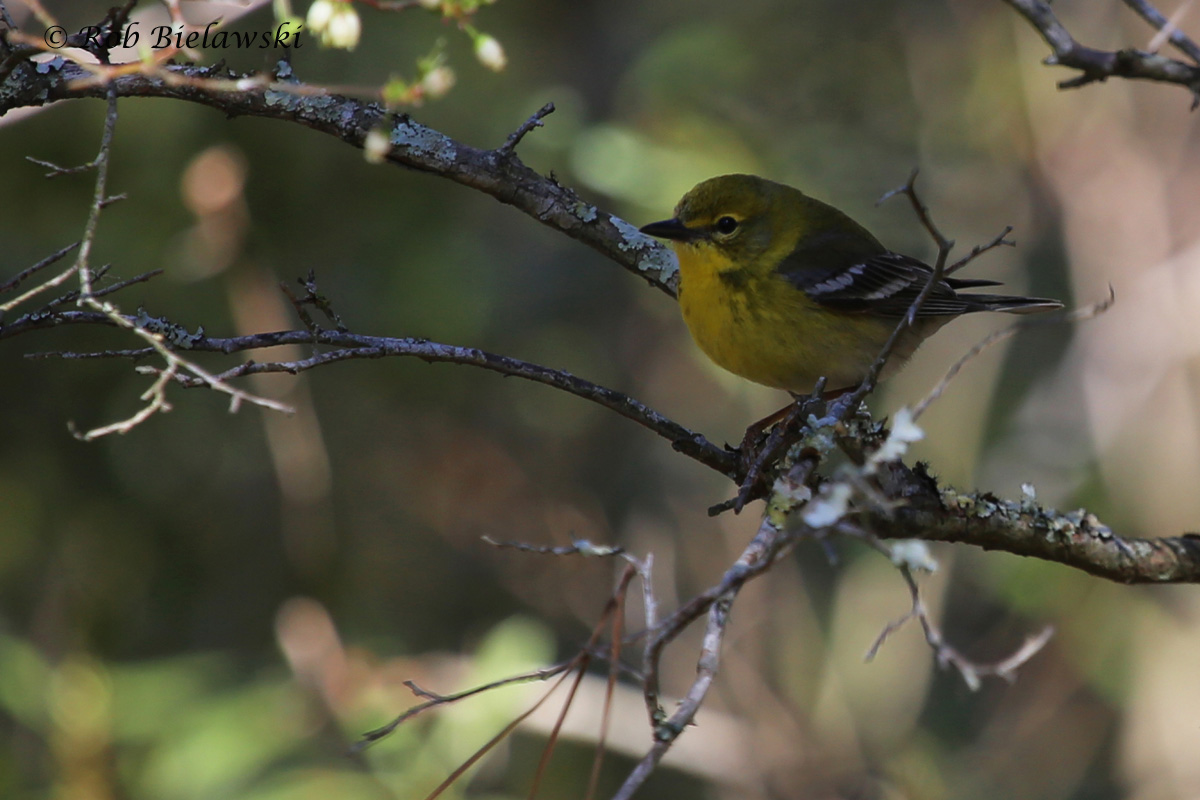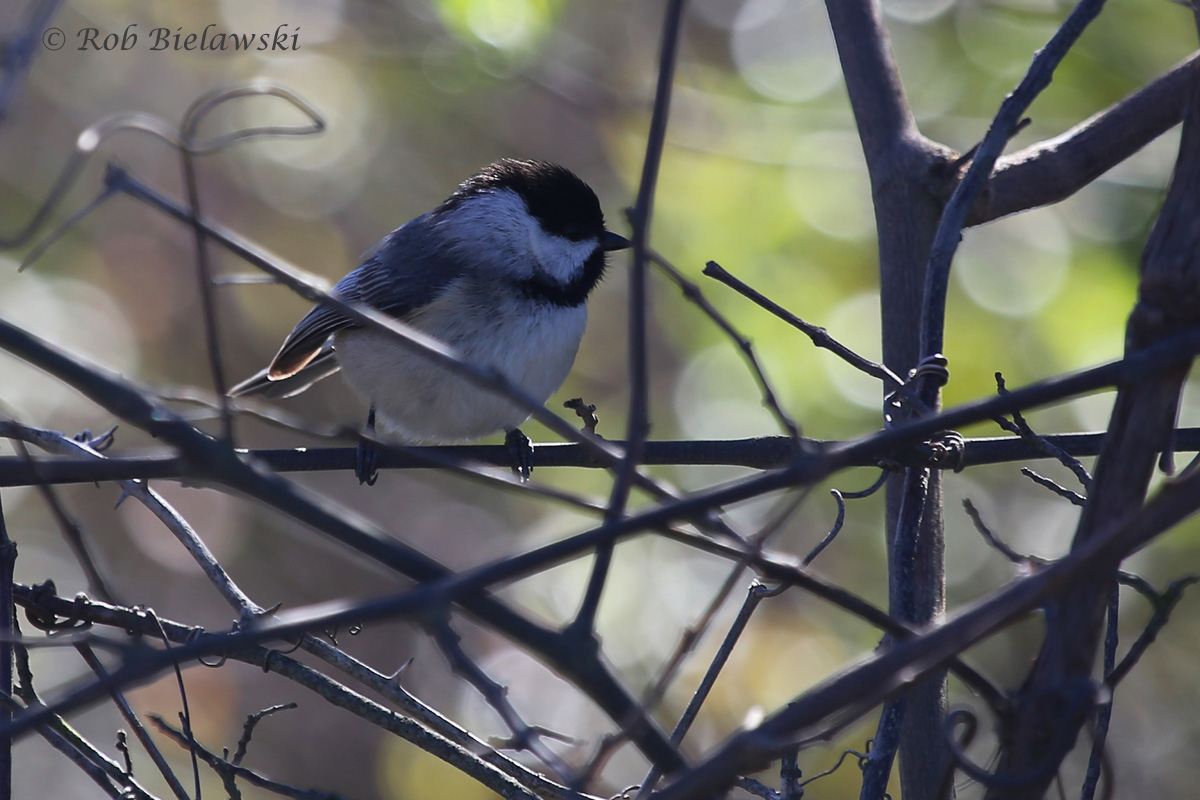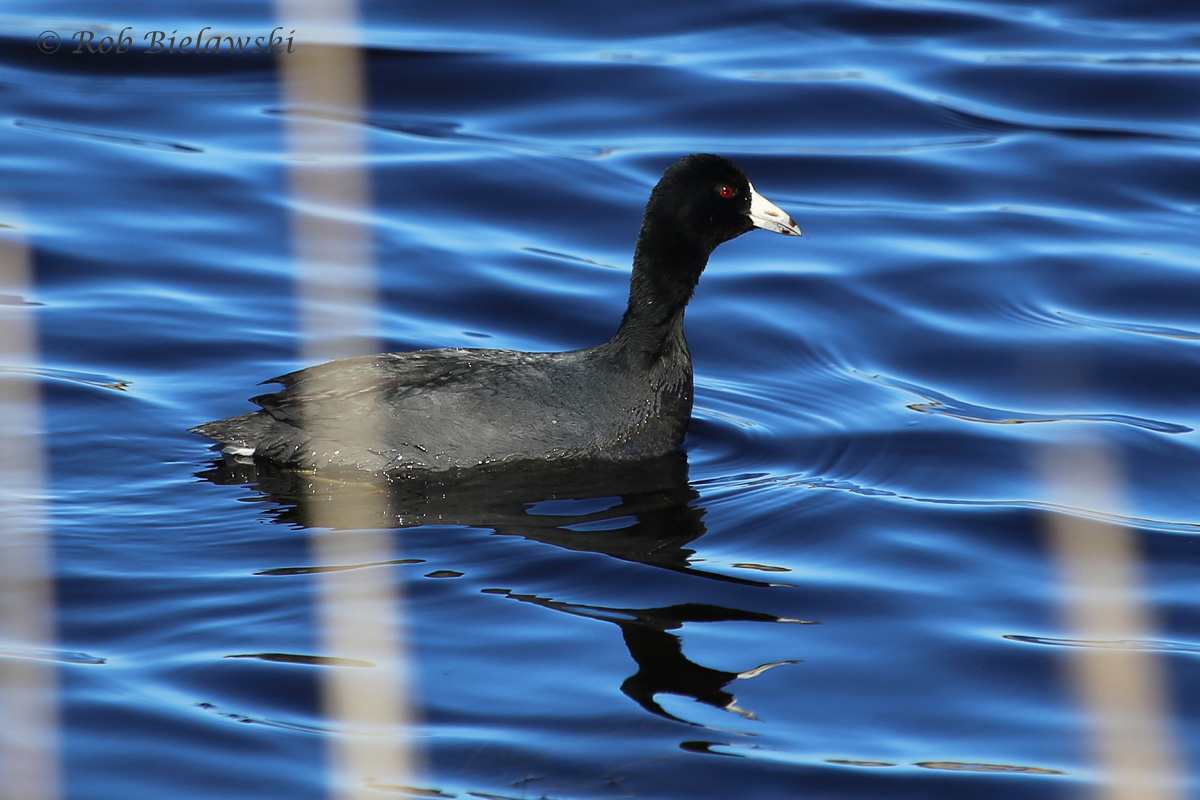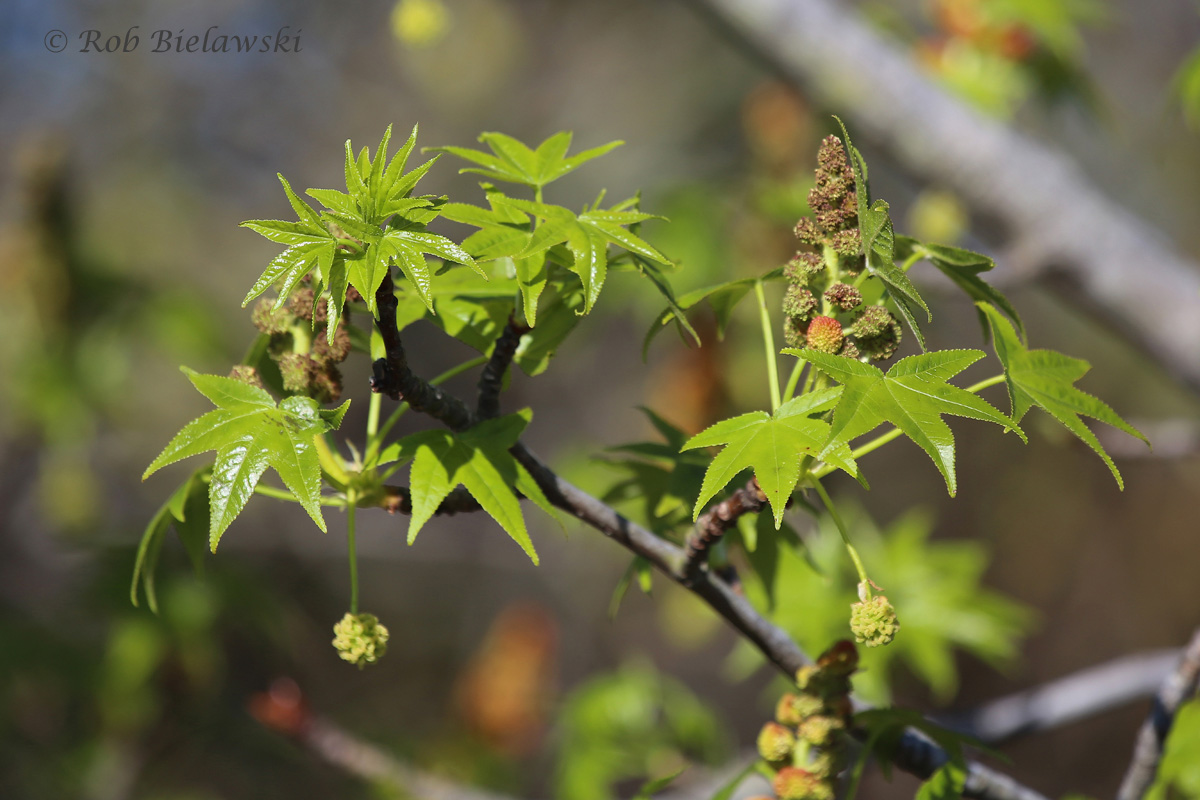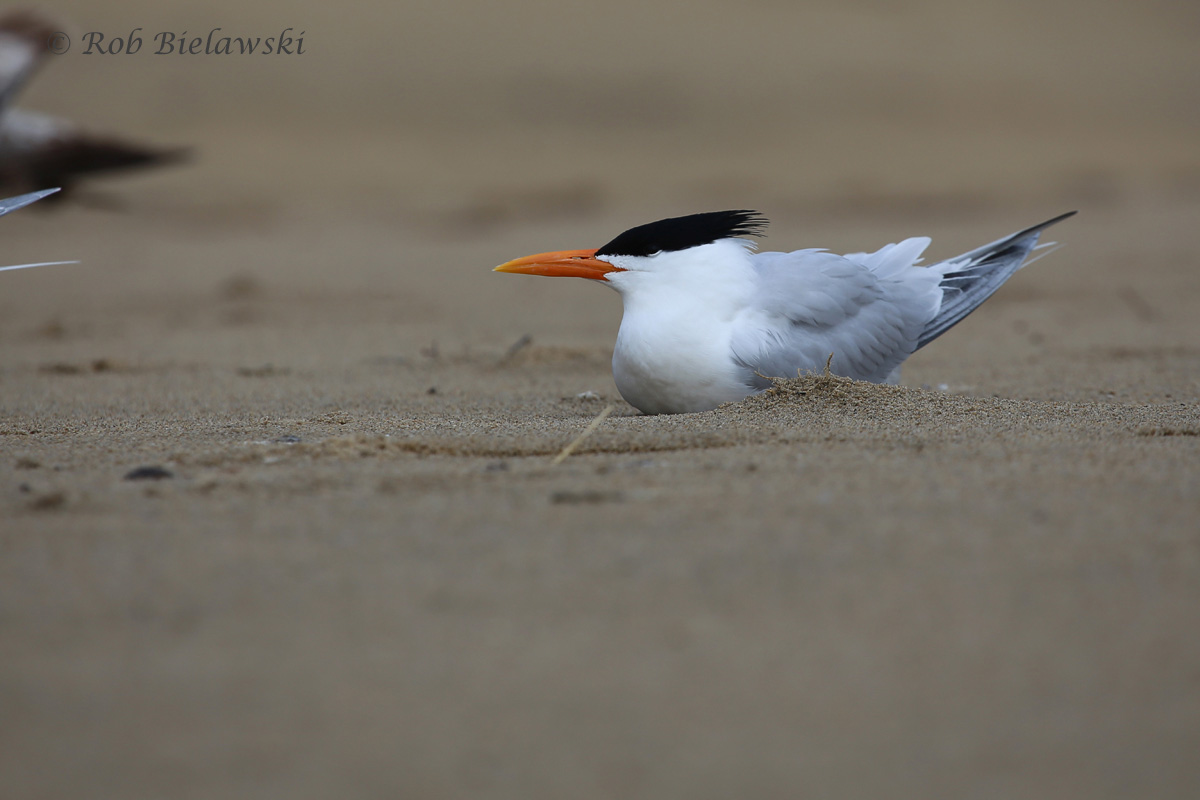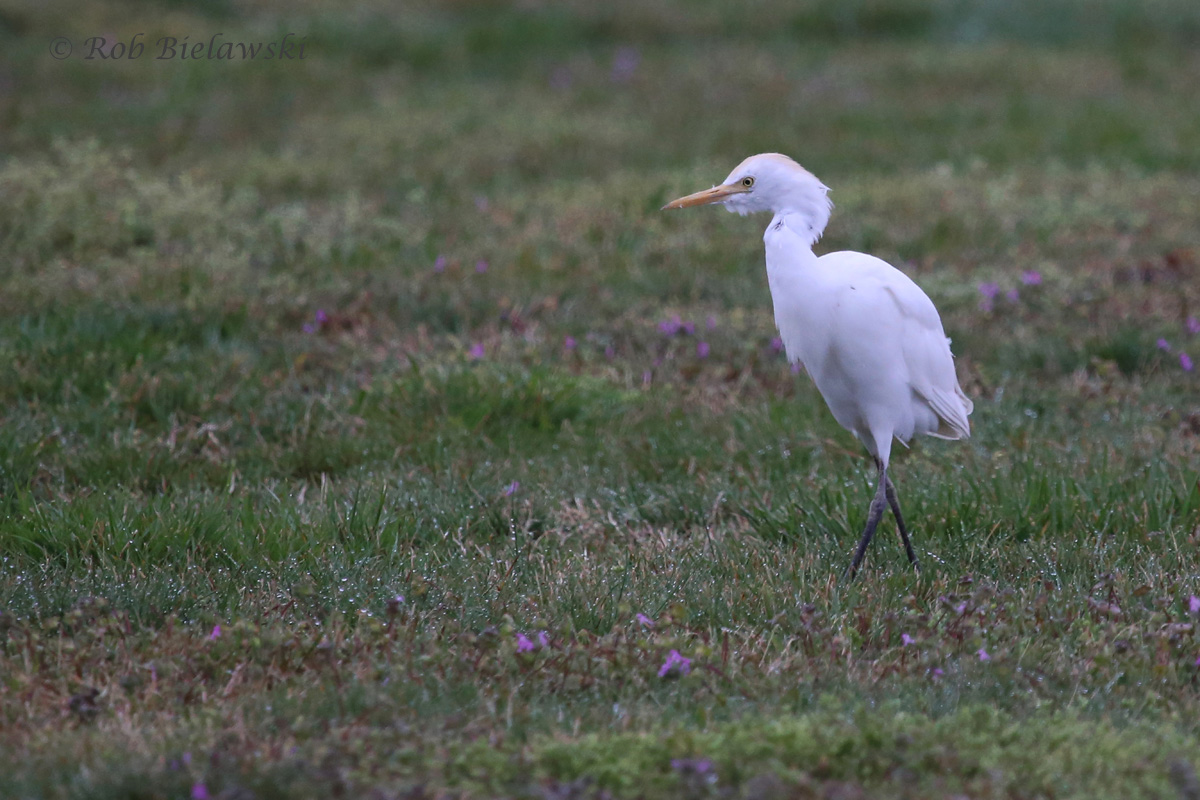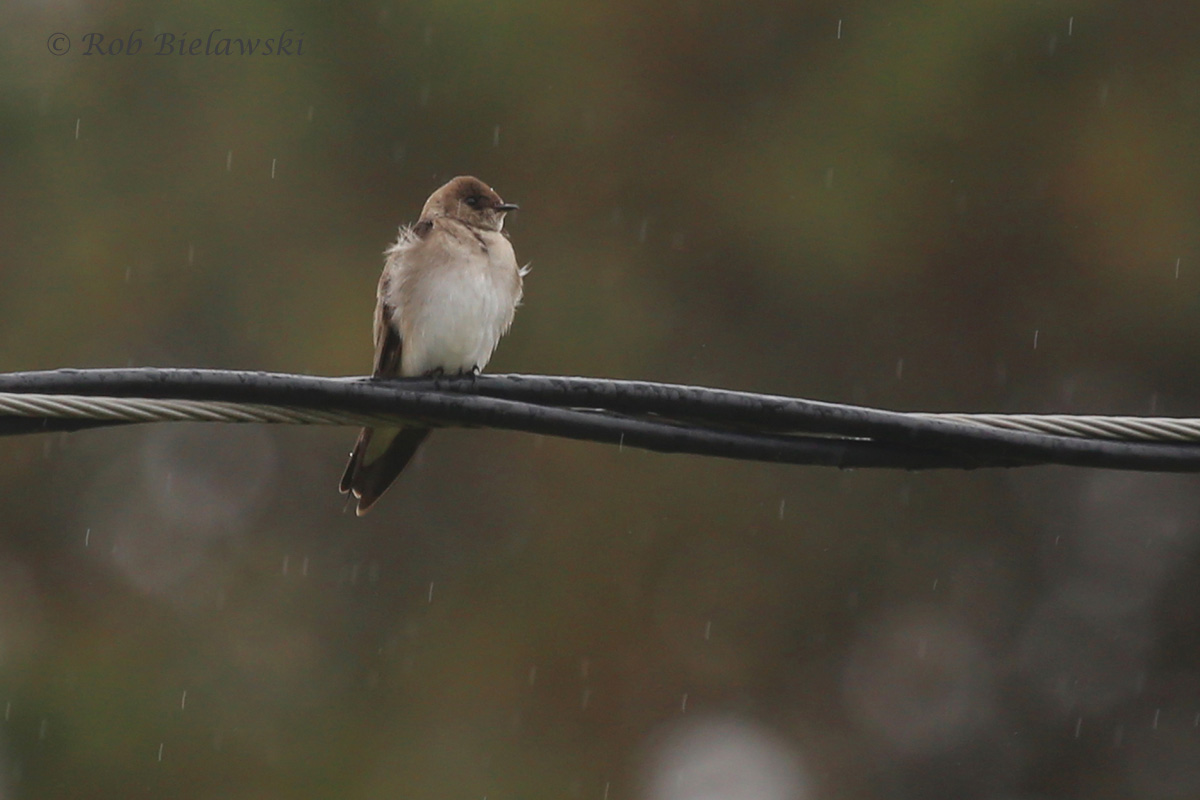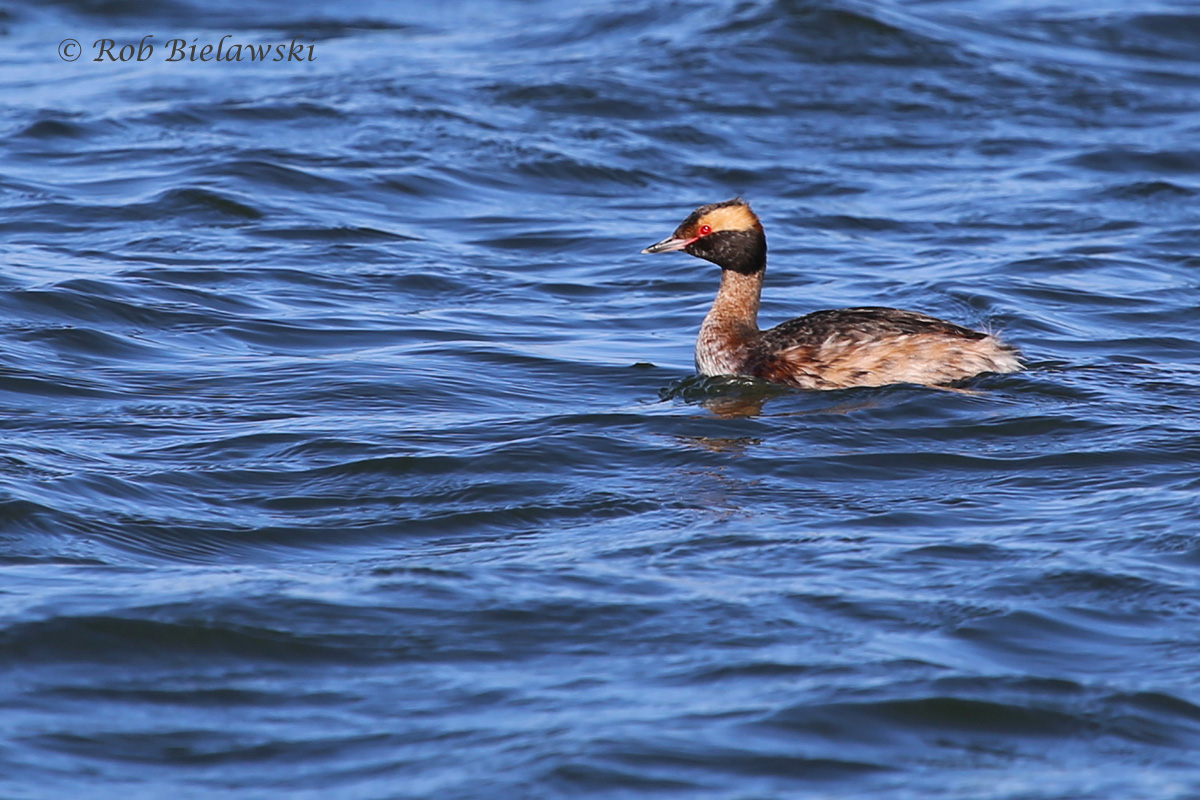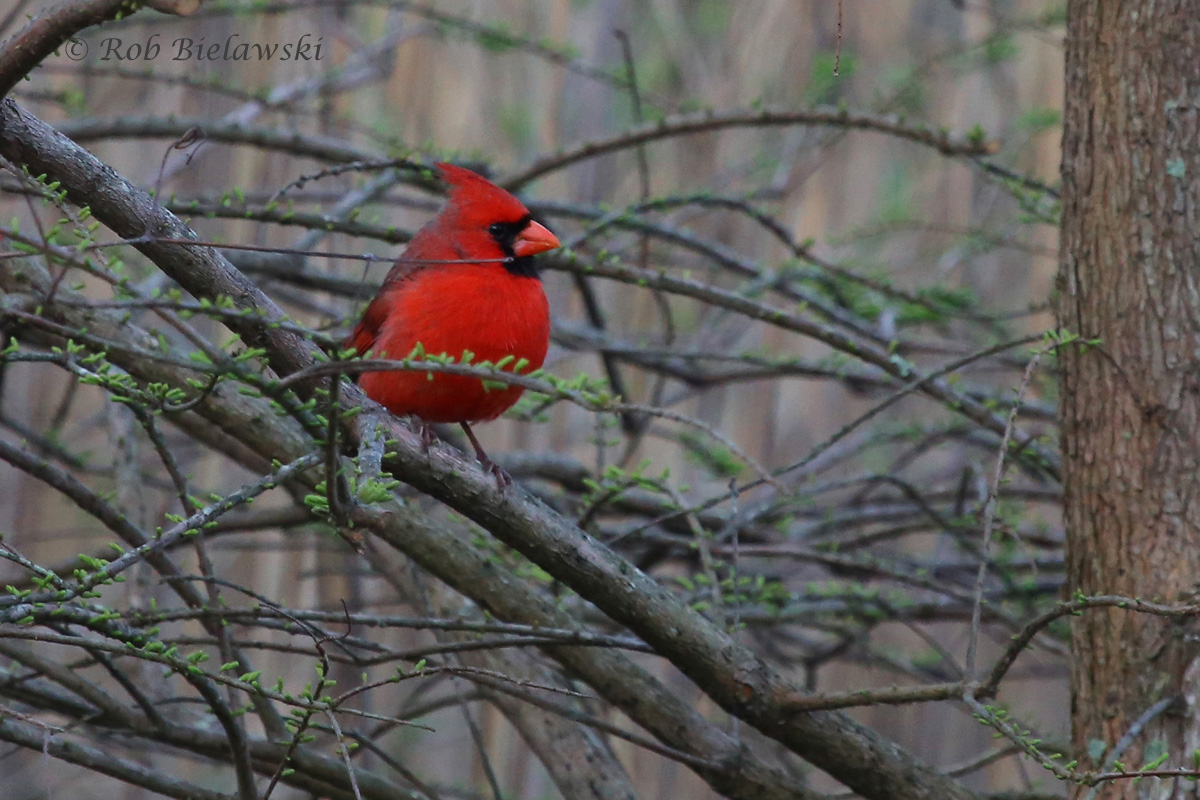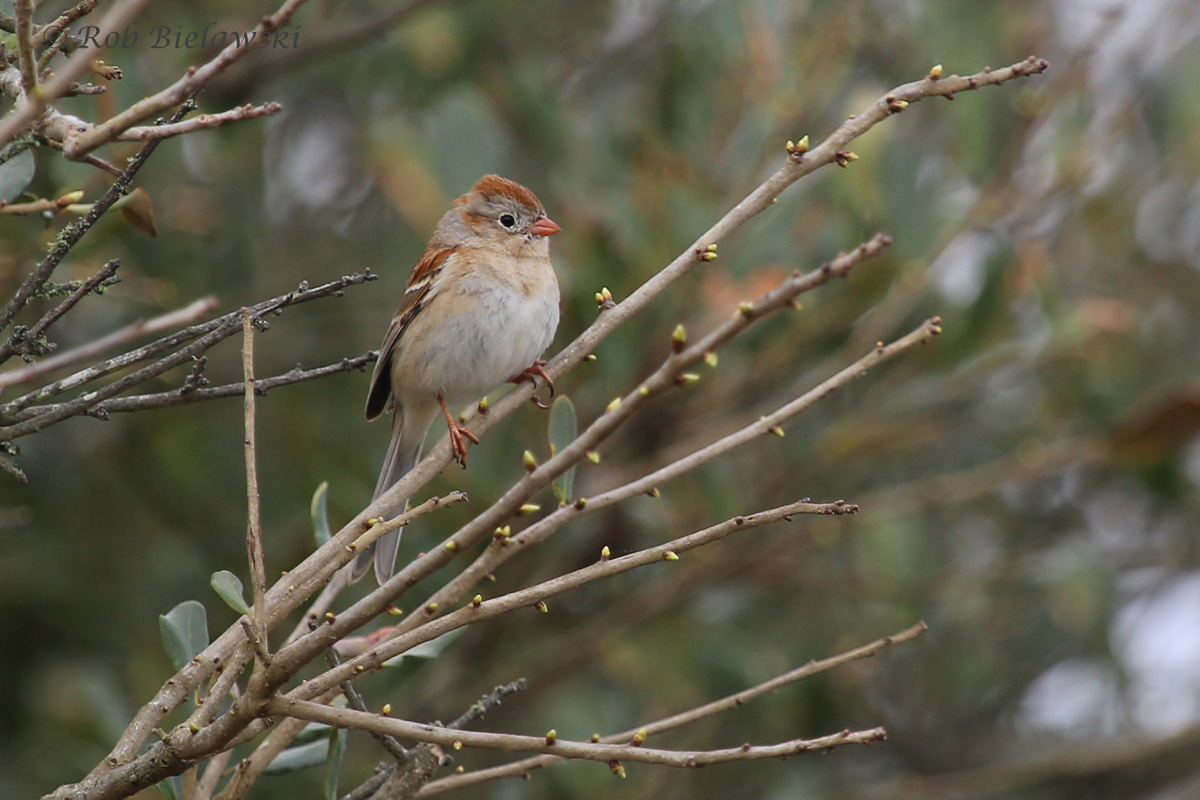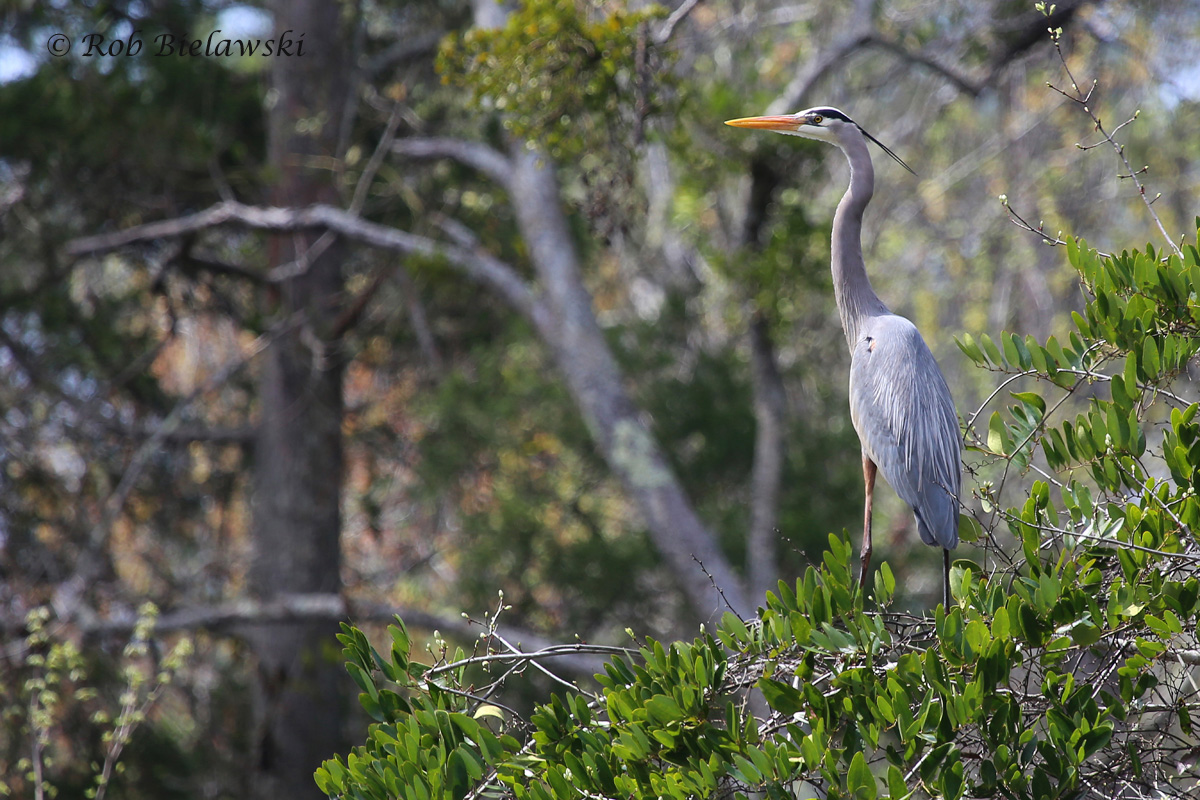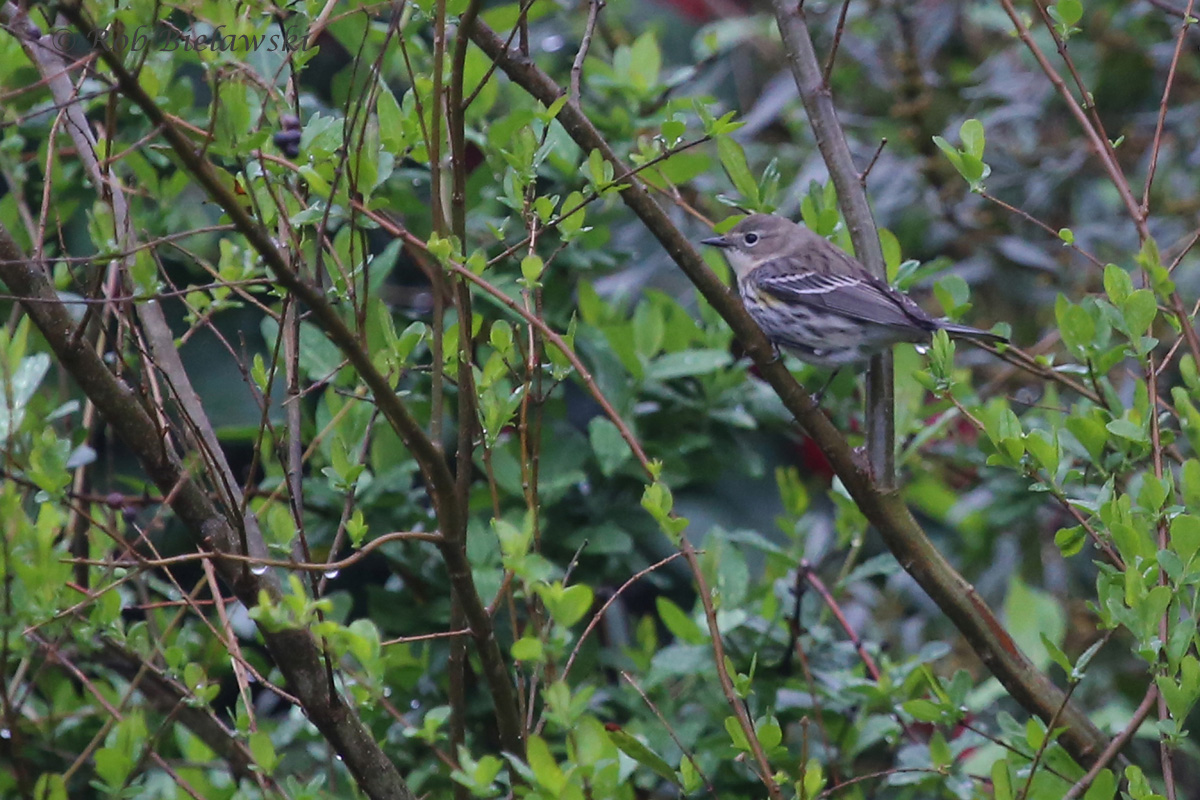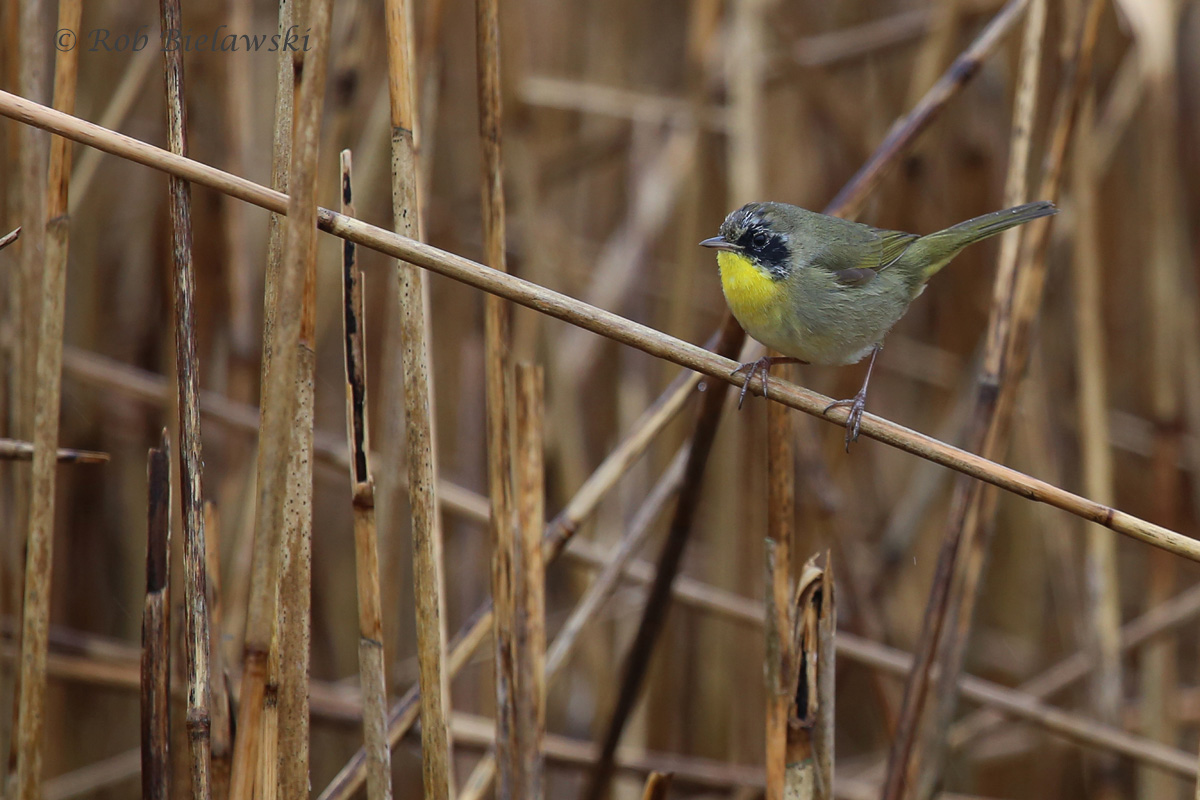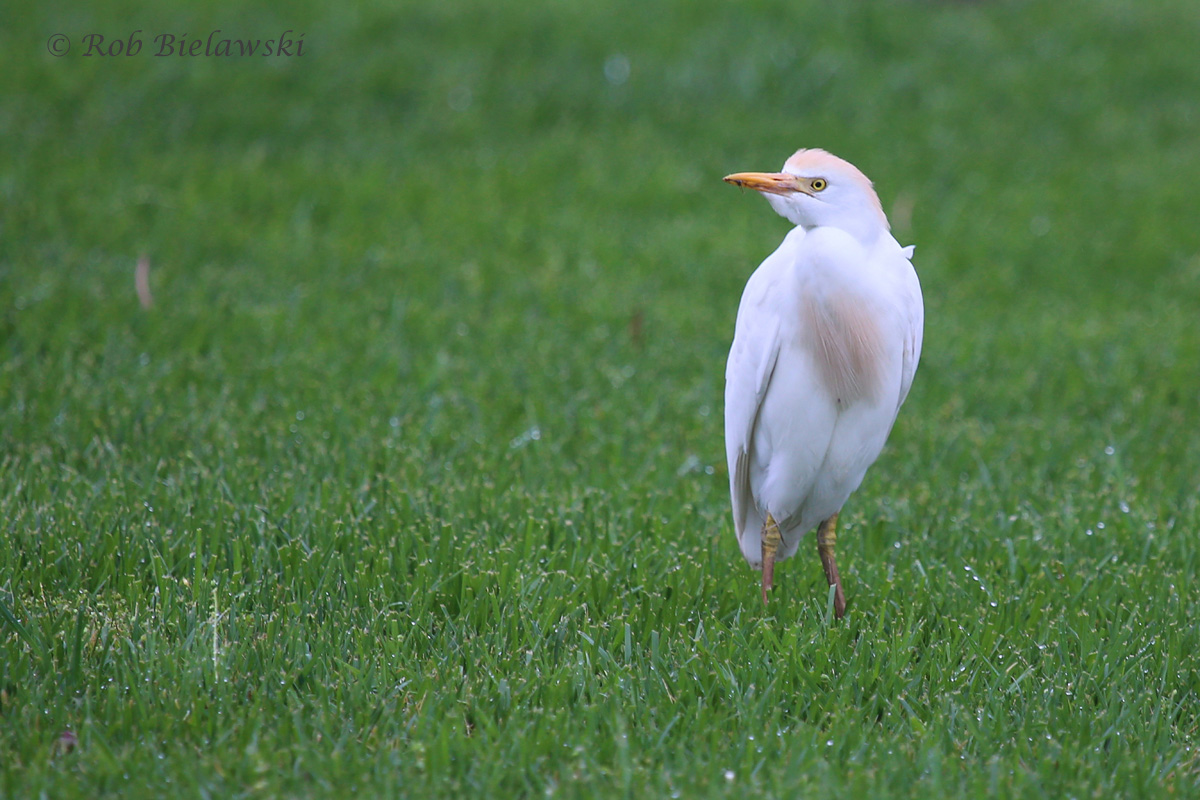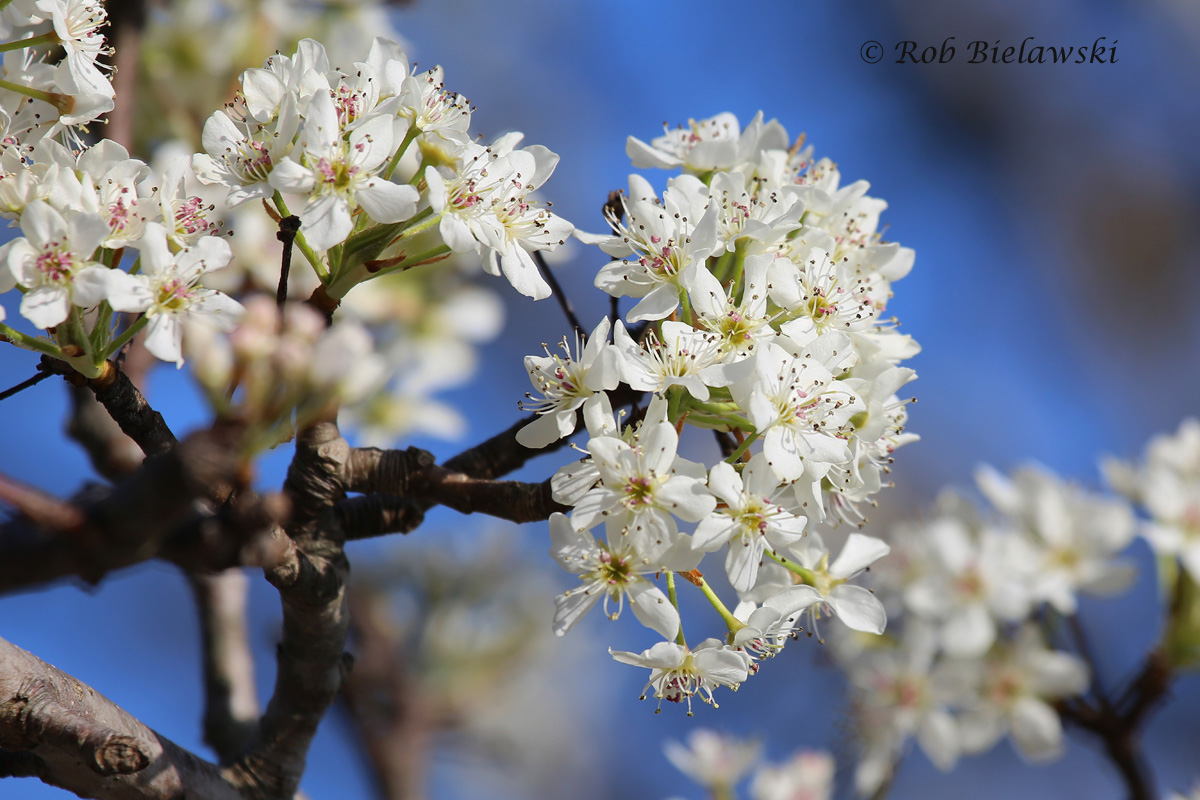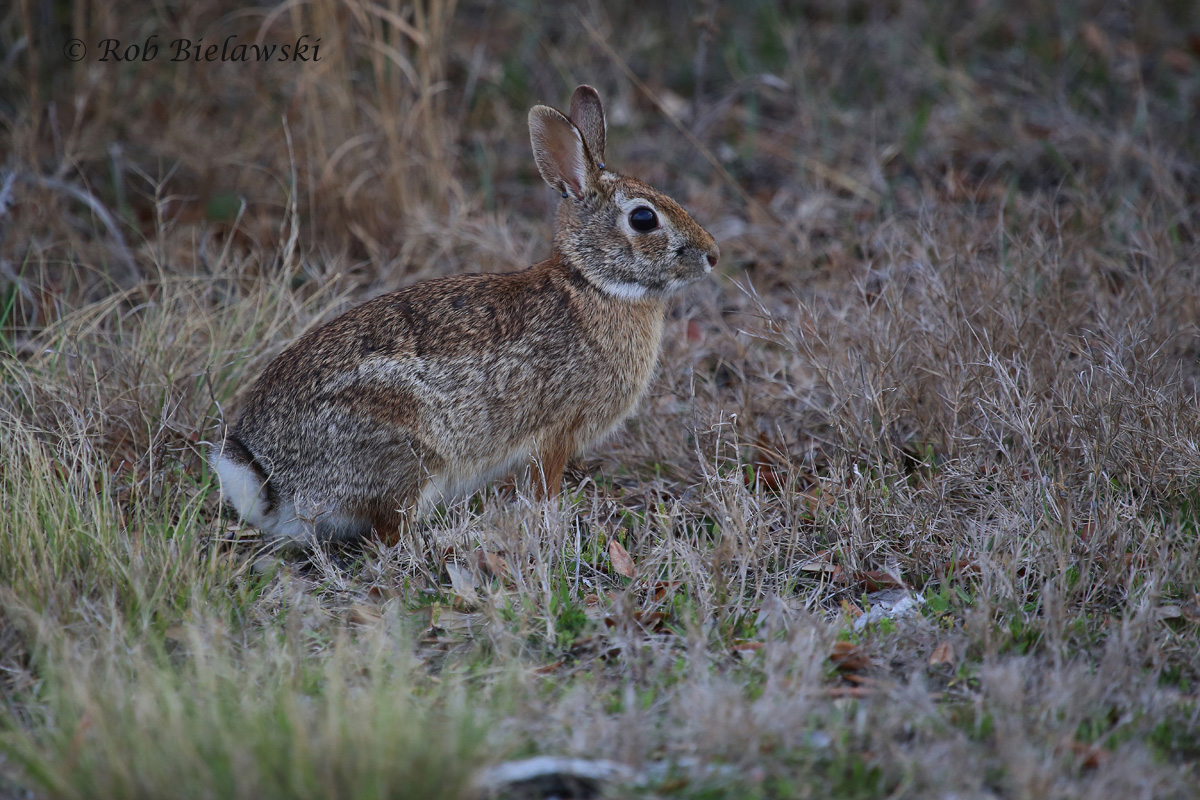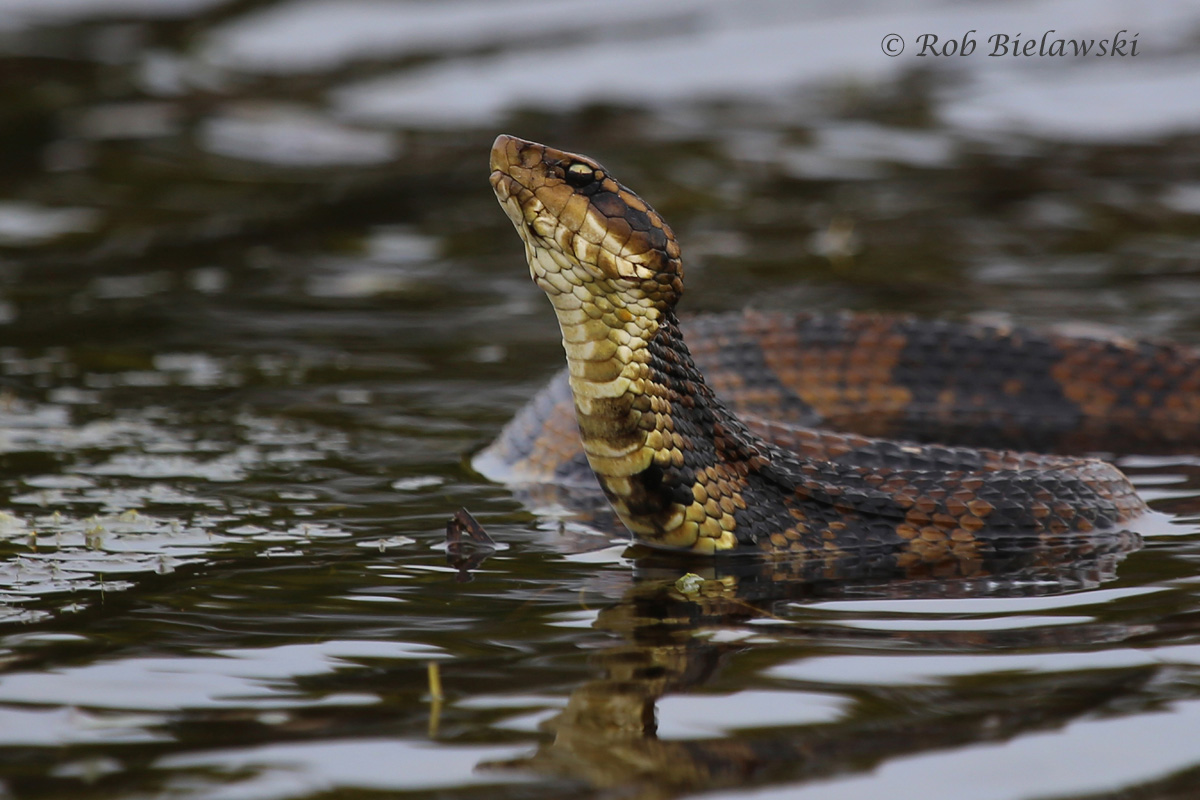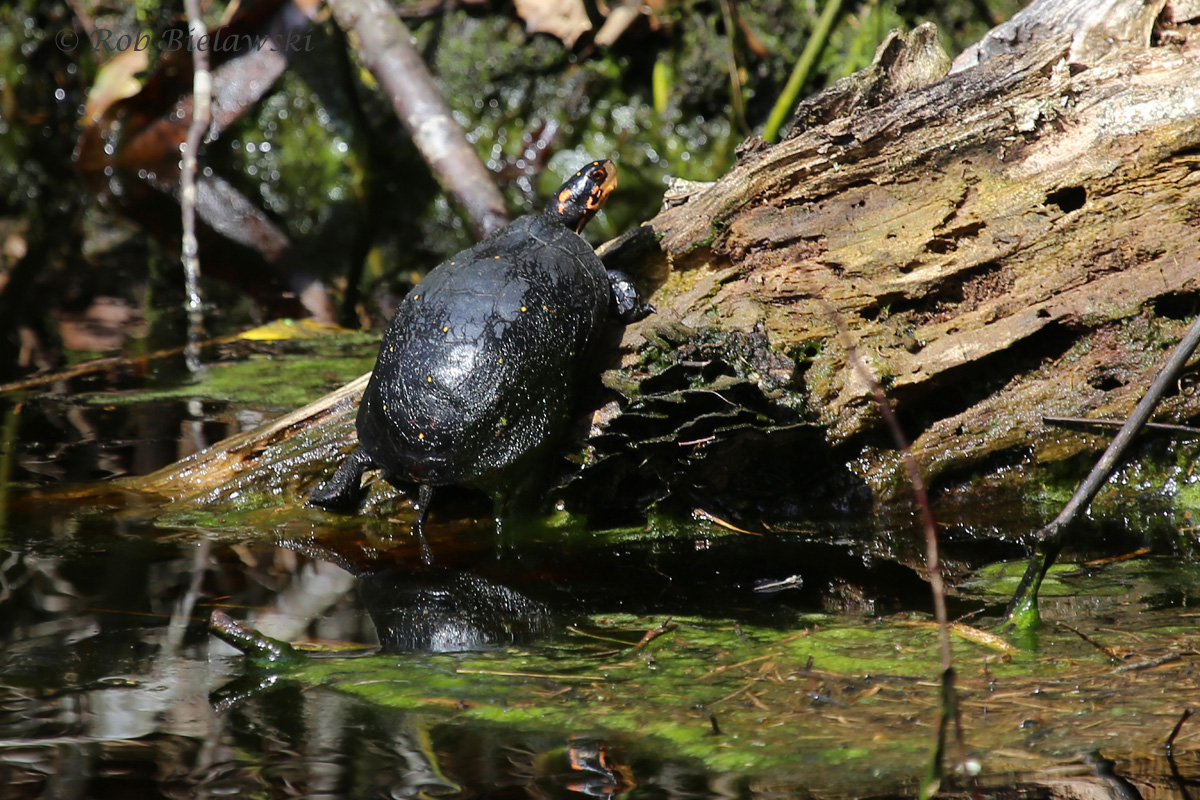Week Ending April 10, 2016
/High winds and an overall wide variety of weather conditions affected Virginia Beach and the surrounding region throughout the second week of April. Temperatures were rather up and down with 80 degree (F) warmth on Monday leading to frost conditions on Wednesday morning. Of course, this is coastal Virginia, so nothing should be surprising at this point. Overall, temperatures dropped considerably to a daily high of 65.0 degrees F (an 8.3 degree reduction from last week’s average) and the average daytime lows also dropped dramatically to 46.0 degrees F (a 9 degree shift). While precipitation totals remained low this week (0.11 in.), the wind was the real story, with maximum sustained winds of 39 mph, and gusts to 53 mph on Thursday. Windy conditions persisted throughout the majority of the week which caused rather unfavorable conditions for springtime songbird migration. Perhaps not truly severe weather, but we had a strong hail storm move through my neighborhood around noon on Saturday, despite being 50 degrees F at ground level. This was a good display of just how turbulent the atmosphere was at the time, as the temperature differential between the clouds and ground must have been quite severe to produce hail. Despite these conditions, birders across the region did manage to find some new species, and Virginia Beach’s first-of-season (FOS) arrivals this week included: Ovenbird (5 Apr / Karen & Tom Beatty / West Neck Creek NA), Least Sandpiper (5 Apr / Tracy Tate / Pleasure House Point NA), Green Heron (7 Apr / Tracy Tate / Independence Blvd.), Black-and-white Warbler & Solitary Sandpiper (8 Apr / Tracy Tate / First Landing SP, and Prothonotary Warbler (10 Apr / Jonathon Snyder / Una Davenhill & Betty Sue Cohen / Stumpy Lake NA) though this warbler has not yet been submitted to eBird as of this writing. A pair of lingering Tundra Swans at Back Bay NWR (7-8 Apr / Robert Wood), and what is likely the first spring arrival of Ruby-throated Hummingbird (8 Apr / Debbie Schroeder / North Point Ct.) also occurred during the week. Some individual Ruby-throated Hummingbirds have managed to overwinter recently in Virginia Beach, and there was at least one hanging around during this year’s mild Jan-Feb period. Now is typically the time where the true migrants of the species begin showing up though. Tundra Swans also have a departure date of 4 Apr set in eBird, so this pair was just slightly late, though I am of the philosophy that it is always good to review that first and last birds of each species to keep those critical dates in check. Aside from the slightly early & late species, there was no other birds in Virginia Beach this week that would be considered or flag as rarities in eBird.

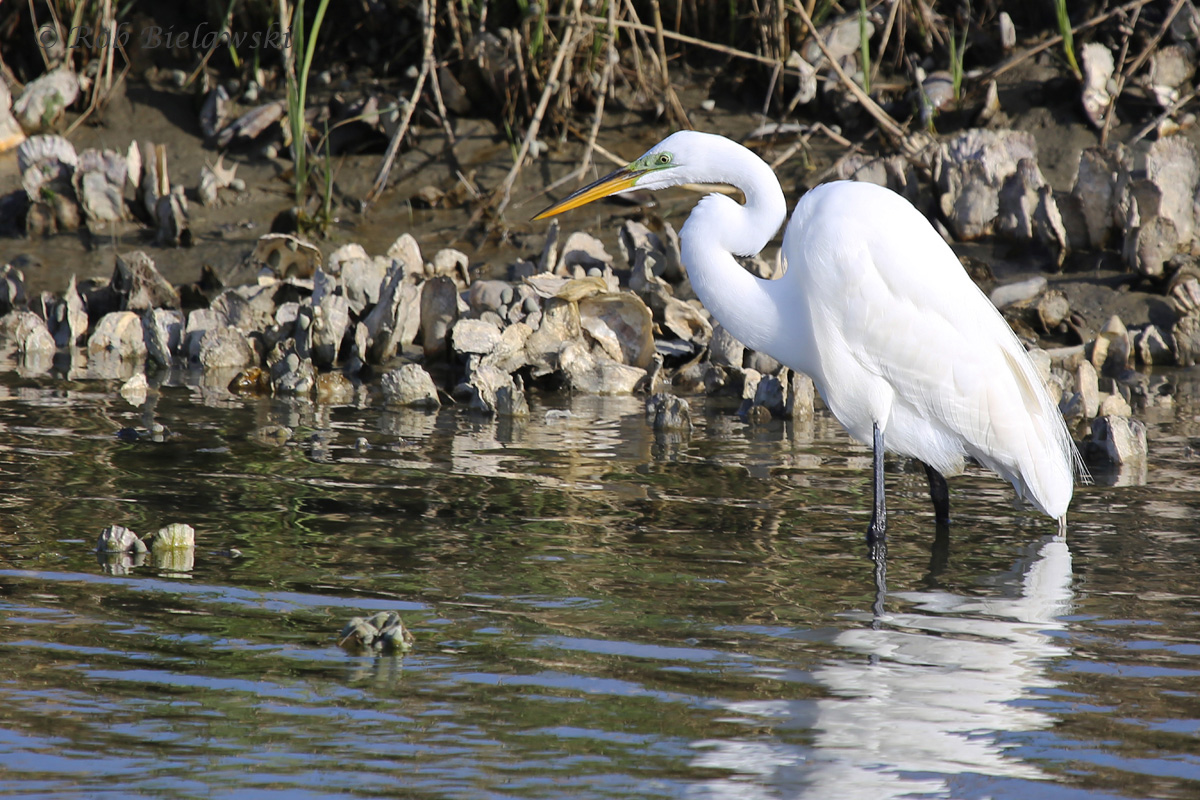
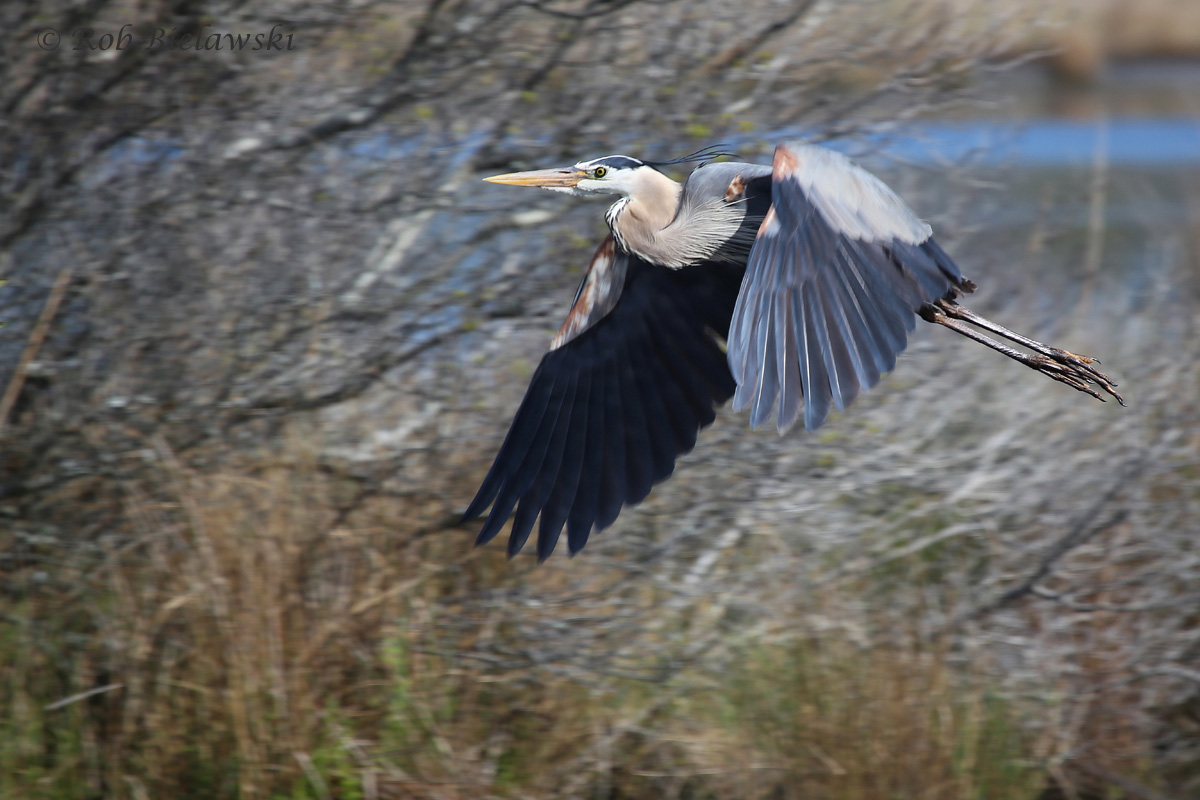
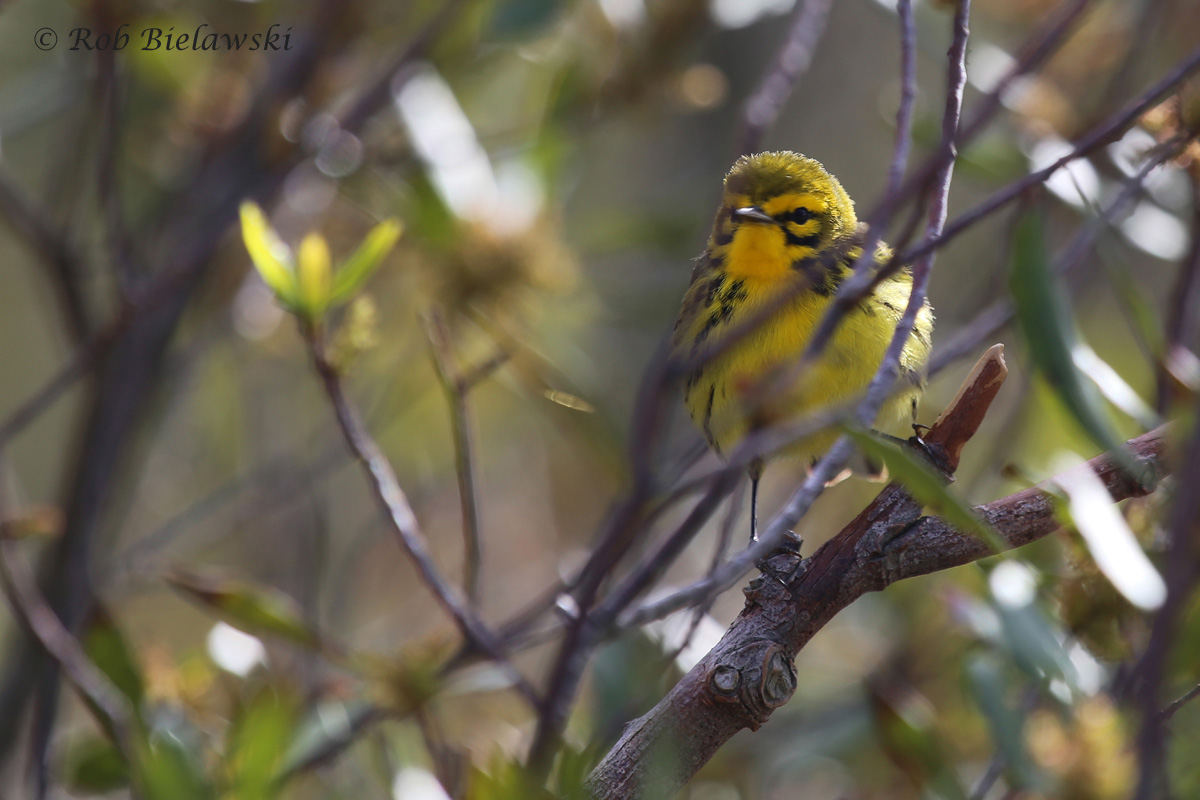
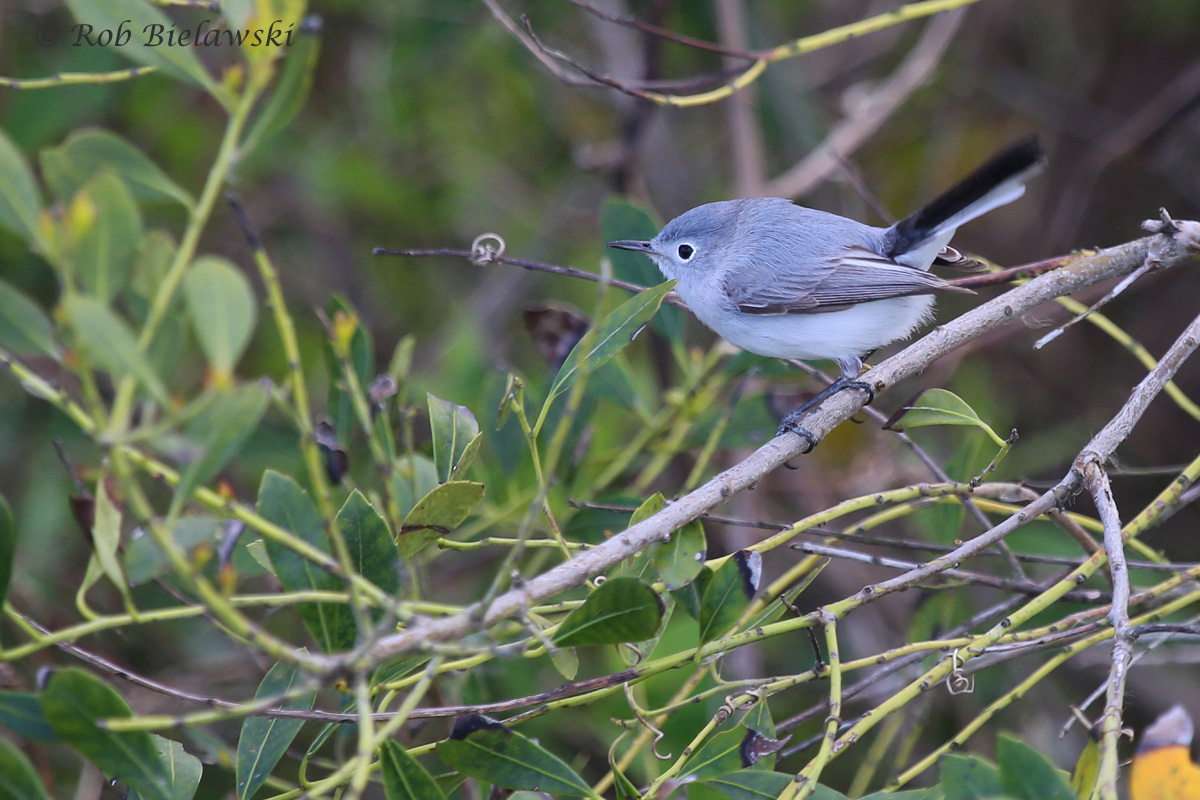



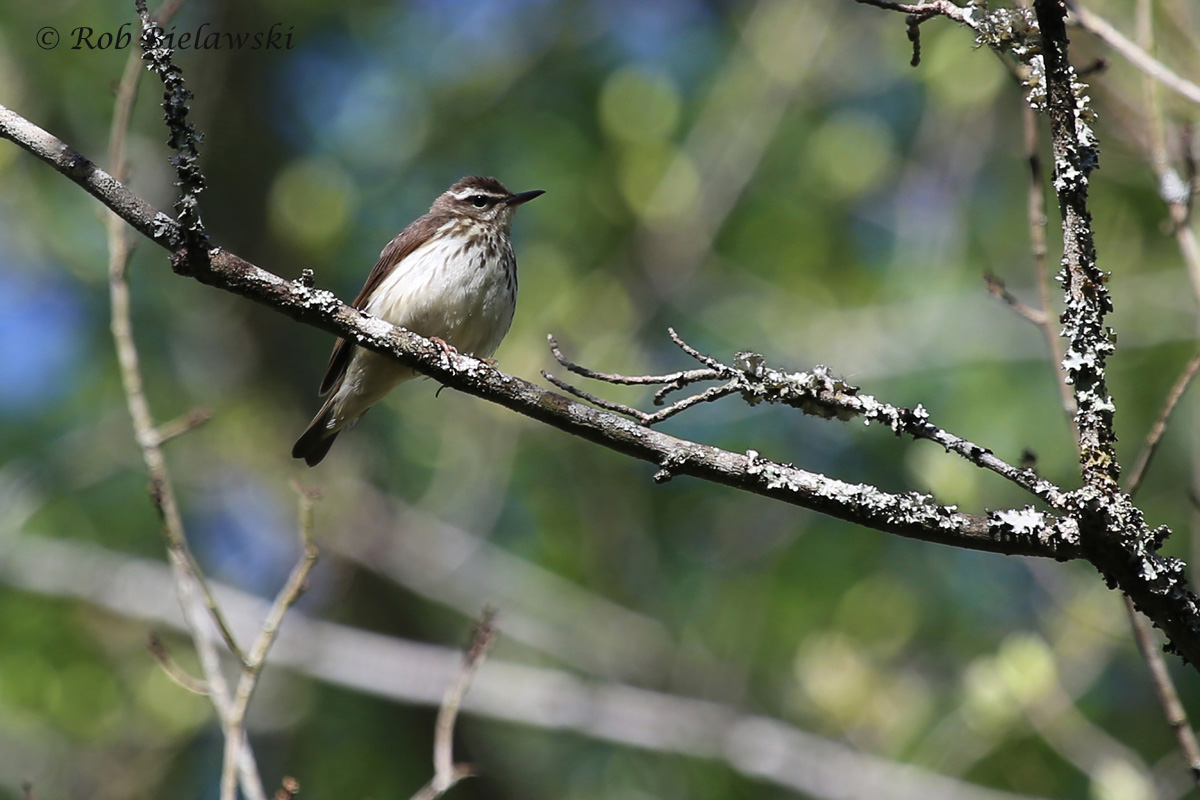
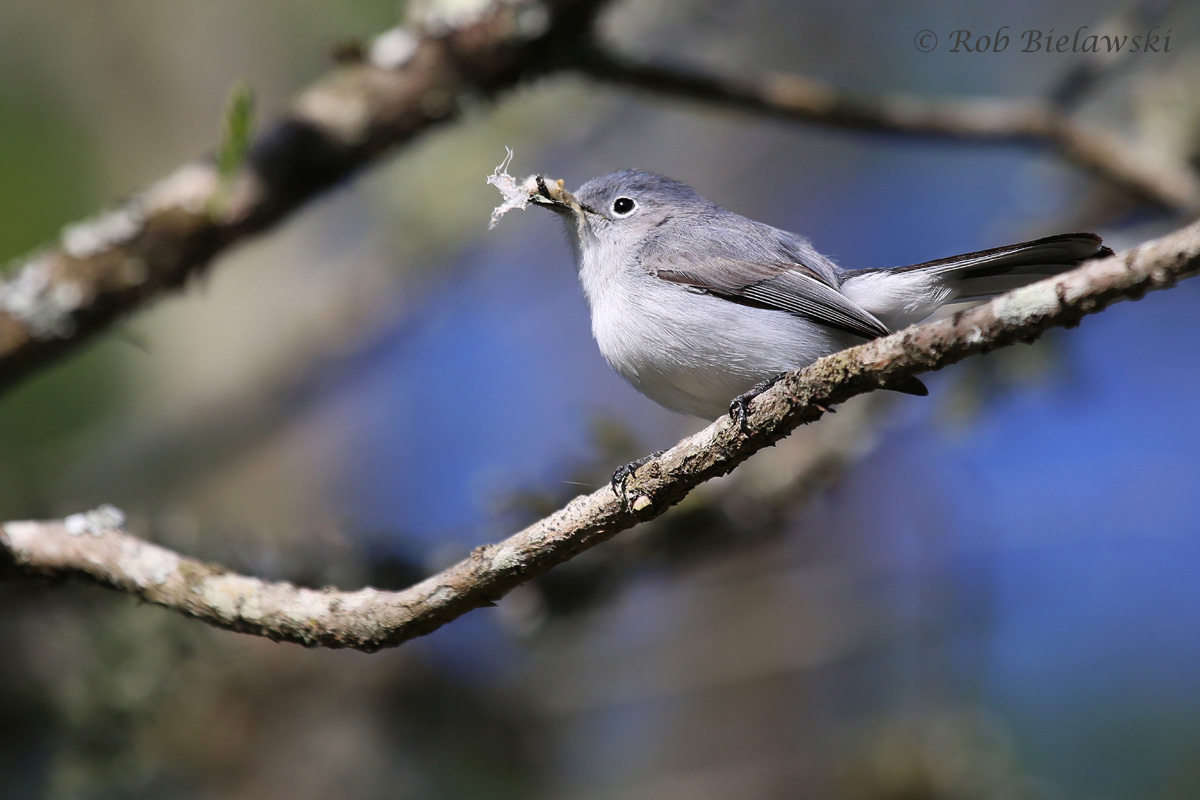
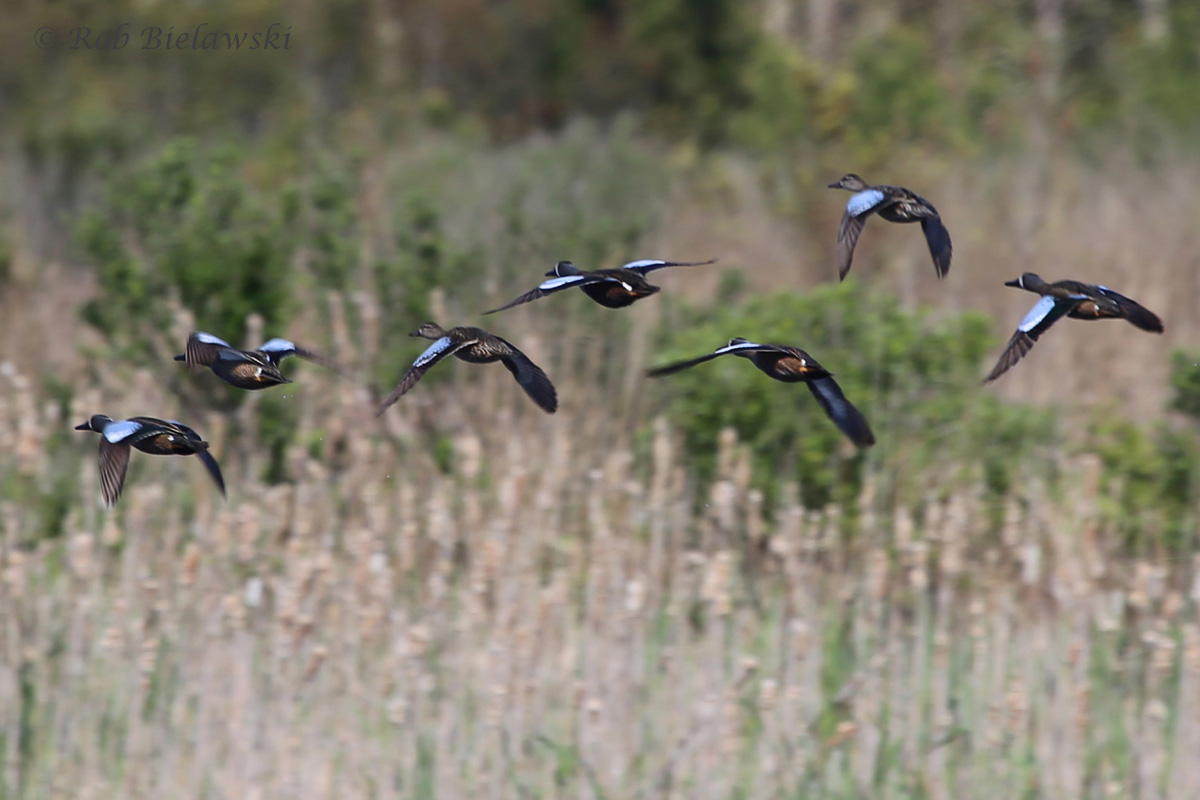
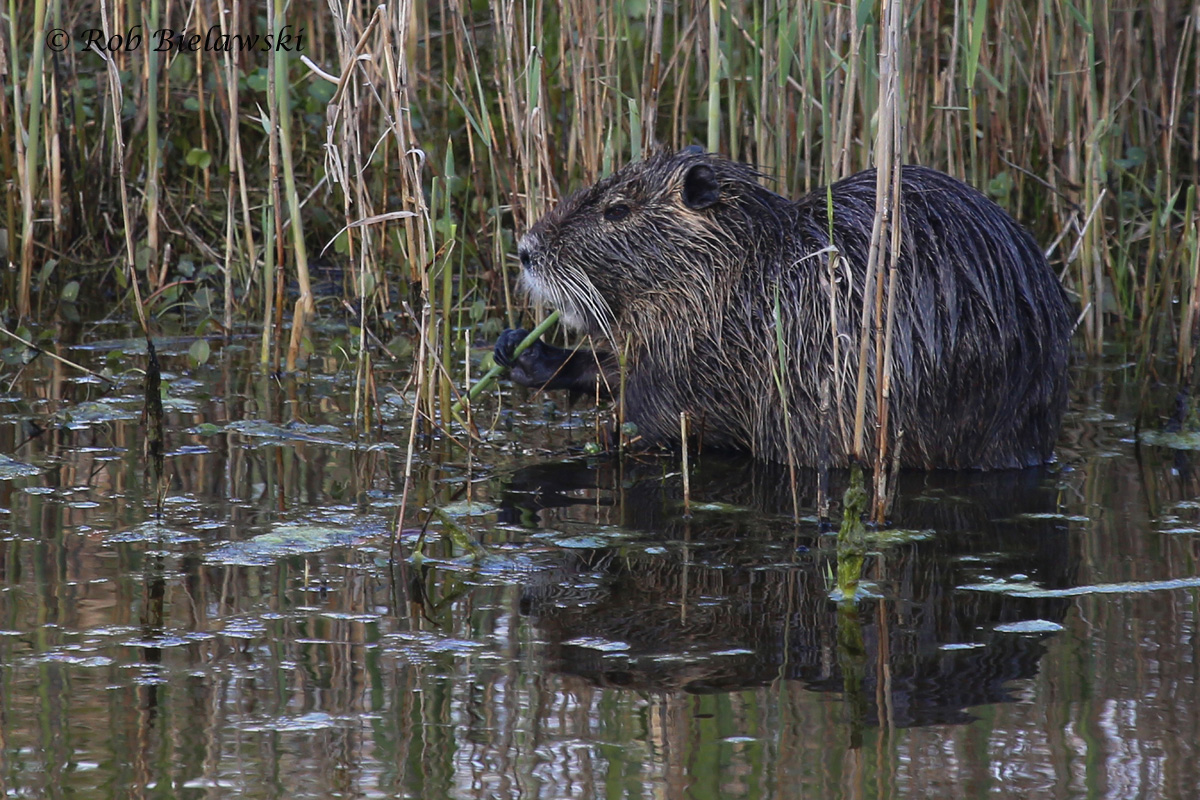
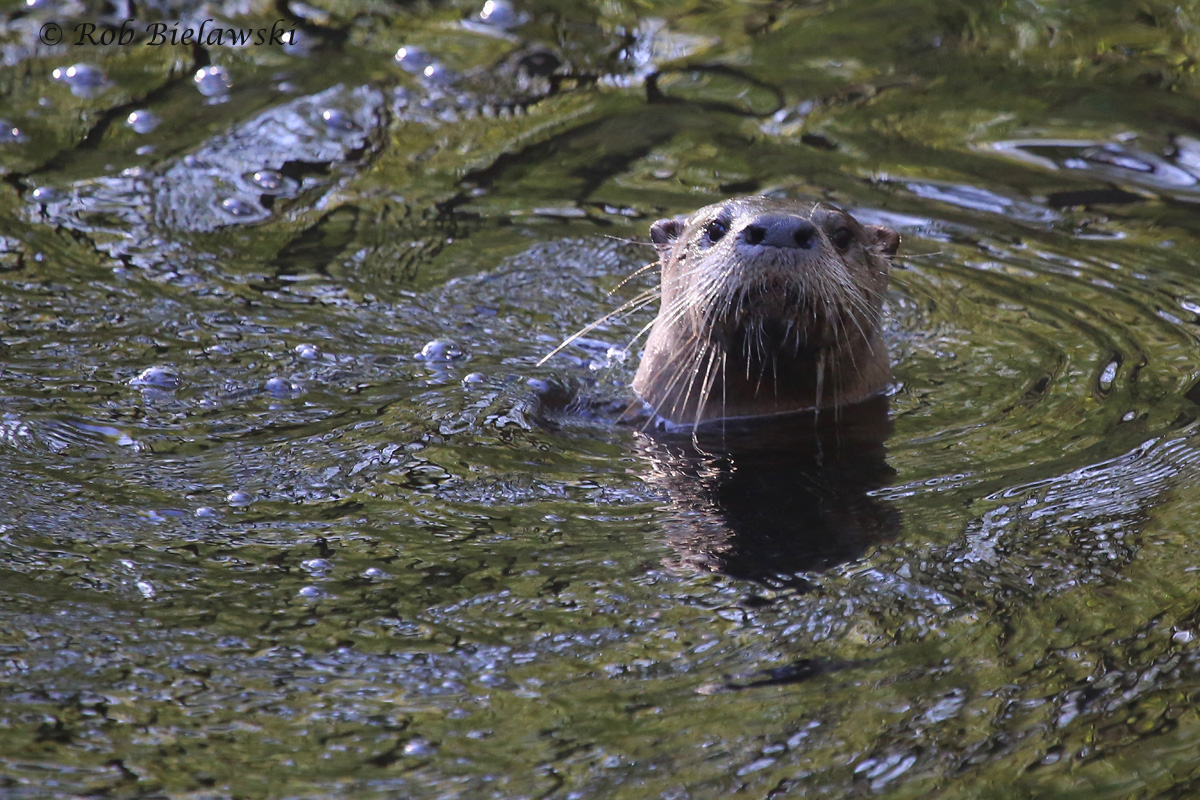
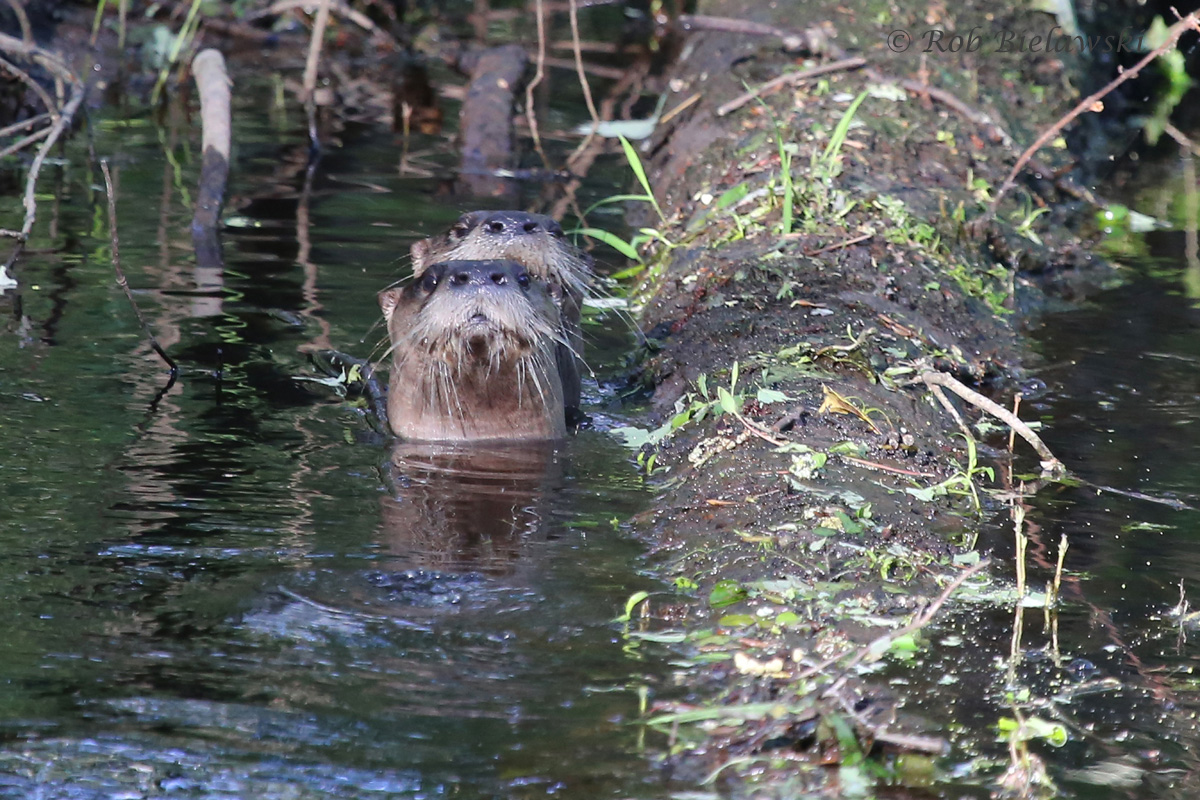
This week moved us one step closer towards the May peak of migration, so species variety continues to increase. On Friday (8 Apr) I walked the West Dike at Back Bay NWR and found a great number of birds after working hours. My primary target was Prothonotary Warbler which unfortunately I could not locate at my usually reliable early-spring spot. The impoundments are still holding good numbers of Green & Blue-winged Teal, but the waters are a bit too high for any variety of shorebirds to be present. The wading species seem to be enjoying it though, with Little & Great Blue Herons, as well as Great & Snowy Egrets present on C-Pool. Greater Yellowlegs were the only shorebird seen in good numbers though as the impoundment water levels drop in the coming weeks, the habitat will become better for non-waterfowl. Last year, by the end of May, the impoundments were essentially mudflats and I did see a pair of Black-necked Stilts for the first time on the C-Storage Pool, so here’s hoping for another lucky find this year. Whitehurst Tract also held some nice flocks of teal on Sunday (10 Apr), and Glossy Ibis are always a highlight there. A single Lesser Yellowlegs provided me a new year bird to cap the outing off. An early morning jaunt to Stumpy Lake NA did not produce any Prothonotary Warbler either, though others would find some later in the day for the first Virginia Beach record of the year. Ovenbirds were heard singing in good numbers (9), and I did have a vireo calling high up in the canopy that I couldn’t quite nail down to species, though all 3 (Blue-headed, Yellow-throated, Red-eyed) are possible right now. The slow rhythm of the song favors Blue-headed, but with these, I’m more comfortable with the ID if I get at least a reasonable look at the bird. A quick check on some of the backroads in southern Virginia Beach gave up a female Wood Duck with 12 youngsters in tow, the first ducklings I’ve seen so far this year, though this was technically in Chesapeake on Blackwater Road while en route to Milldam Creek. Blue-gray Gnatcatchers continue to be present in large numbers and their ‘spee’ calls are tough not to come across while at basically any park in the area. Outside of Virginia Beach, I did also spend Saturday (9 Apr) morning at Great Dismal Swamp on the Washington & Lynn Ditches. Highlights there included my first American Redstarts of the year (and a first for Virginia in eBird), lots of singing Prothonotary Warblers, Ovenbirds & Hermit Thrushes, a nice Louisiana Waterthrush, a first-of-year (FOY) Yellow-throated Warbler and even an American Bittern! It is always a nice time of year to check out the swamp, before the mosquitoes arrive in full force, and the vegetation gets too high on the trails & makes ticks and chiggers a much larger concern. We ought to be seeing our first Spotted Sandpiper, Common Tern, Great Crested Flycatcher, Eastern Kingbird, Yellow-throated & Red-eyed Vireo, and maybe even a Hooded Warbler or Black-throated Green Warbler in the next week, so keep the eyes & ears alert!

